UPSC Daily Current Affairs- January 25, 2022 | Current Affairs: Daily, Weekly & Monthly - CLAT PDF Download
GS-I
What is Beating Retreat Ceremony?
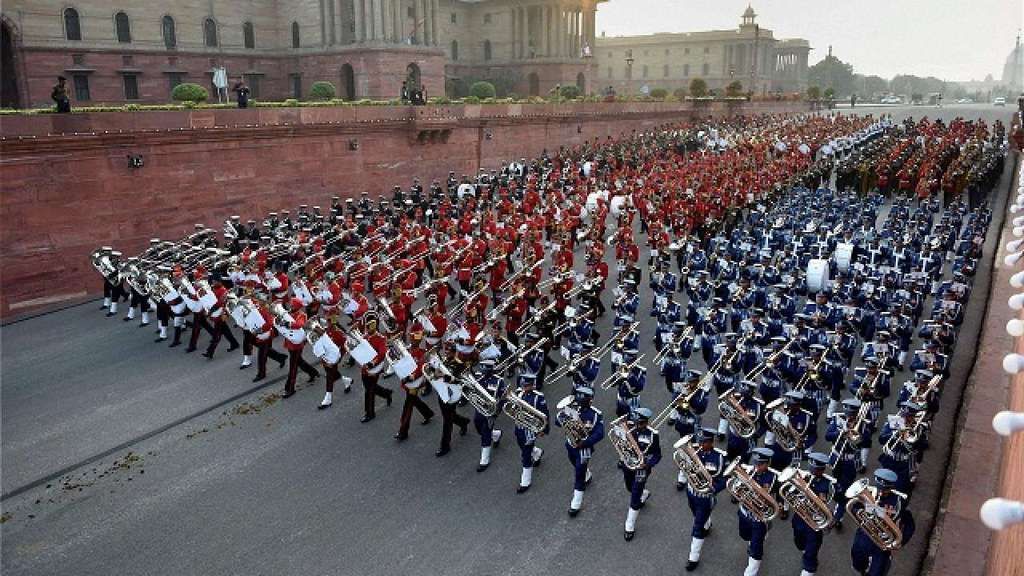
Content
There are 26 tunes that will be played at Beating Retreat this year on January 29 skipping the “Abide with Me” tune.
About Beating Retreat function
- ‘Beating Retreat’ marks a centuries old military tradition, when the troops ceased fighting, sheathed their arms and withdrew from the battlefield and returned to the camps at sunset at the sounding of the Retreat.
- The military tradition began in 17th century England, when King James II ordered his troops to beat drums, lower flags and organise a parade to announce the end of a day of combat.
- The ceremony was then called ‘watch setting’ and took place at sunset after firing a single round from the evening gun.
- The ceremony is currently held by Armed Forces in the UK, US, Canada, New Zealand, Australia, and India, among others.
How did it begin in India?
- Beating the Retreat’ has emerged as an event of national pride when the Colours and Standards are paraded.
- The ceremony traces its origins to the early 1950s when Major Roberts of the Indian Army indigenously developed the unique ceremony of display by the massed bands.
- Section D (Ceremonials) at the Ministry of Defence conducts the event.
- The ceremony consists of musical performances by the bands, who each year play Indian and western tunes.
Negative Ion Technology
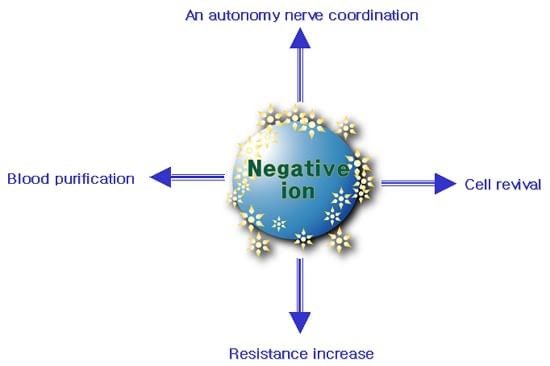
Context
Recently, the Authority for Nuclear Safety and Radiation Protection (ANVS), Netherlands issued a statement identifying various negative ion wearable products containing more Radioactivity than legally permitted.
About Negative Ion Technology
- Negative ion technology embeds negative ions in personal products and is currently being advertised as a means to maintain health, balance energy, and improve well-being.
- This technology is used in certain silicone wristbands, quantum or scalar-energy pendants, and kinesthesiology tape.
- Negative ions are also made when sunlight, radiation, air, or water break down oxygen.
- The minerals that produce these negative ions often include naturally occurring radioactive substances such as uranium and thorium.
- It is believed that negative ions create positive vibes and uplift the mood. They show the various mental and physical health benefits, such as stress reduction, better sleeping, respiration etc. whereas these ions may also act on pollutants, make them negatively charged and get them collected on surfaces.
Related Concerns
- The radiation detected in some of these products has been higher than the background level and in some cases high enough to require licensing.
- The minerals used in products contain varying levels of radioactivity, it can be difficult for the consumer to know exactly how radioactive these items are.
- Radioactivity is the act of emitting radiation spontaneously.
- The products were found to contain radioactive materials and therefore continuously emit ionizing radiation, thereby exposing the wearer.
- Exposure to ionizing radiation can cause adverse health effects and wearing the products for extended periods could pose health risks that include tissue and DNA damage. Exposure can also cause severe harmful effects such as: Skin burns, Acute radiation sickness that causes cancer and hairfall, Temporary reduction in white blood cells, Possible chromosomal damage, Reduction in resistance to infection.
- IAEA (International Atomic Energy Agency) researchers found that the undergarment industry in Malaysia and elsewhere advertised that their “negative ion undergarments” contain tourmaline, monazite and zircon, all known to contain uranium and thorium.
Efforts
- In “Radiation Protection and Safety of radiation Sources: International Basic Safety Standards” (2014), the IAEA considers that the frivolous use of radiation or radioactive substances in toys and personal jewelry or adornments, which result in an increase in activity, is unjustified.
- The IAEA published a specific safety guide titled “Radiation Safety for Consumer Products (2016).
- In India, the Atomic Energy (Radiation Protection) Rules, 2004 contains provisions consistent with those of the IAEA.
Basal Stem Rot: Fungi
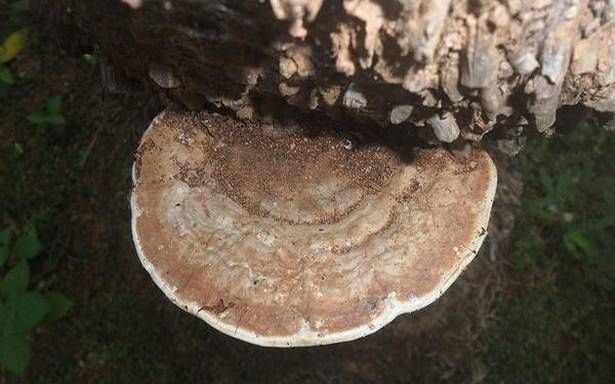
Context
Researchers from Kerala have identified two new species of fungi from the genus Ganoderma that are associated with coconut stem rot disease.
About Basal Stem Rot: Fungi
- The two fungi species are Ganoderma keralense and G. pseudoapplanatum.
- The butt rot or basal stem rot of coconut is known by several names in different parts of India: Ganoderma wilt (Andhra Pradesh), Anaberoga (Karnataka) and Thanjavur wilt (Tamil Nadu), to mention a few.
- The infection begins at the roots, but symptoms include discolouration and rotting of stem and leaves. In the later stages, flowering and nut set decreases and finally the coconut palm (Cocos nucifera) dies.
- A reddish brown oozing is seen. This oozing has been reported only in India.
- Once infected, recovery of the plants is not likely. Not surprising then, that this causes a huge loss: By some estimates made in 2017, in India, around 12 million people are said to depend on coconut farming.
- Another sign of infection is presence of shelf-like “basidiomata,” which are the fruiting or reproductive structures of the fungus, on the tree trunks.
About Fungi
- Fungi can be single-celled or very complex multicellular organisms.
- They are found in just about any habitat but most live on the land, mainly in soil or on plant material rather than in sea or freshwater.
- A group called the decomposers grow in the soil or on dead plant matter where they play an important role in the cycling of carbon and other elements.
- Some are parasites of plants causing diseases such as mildews, rusts, scabs or canker.
- A very small number of fungi cause diseases in animals. In humans these include skin diseases such as athletes’ foot, ringworm and thrush.
GS-II
Why India must engage with Myanmar
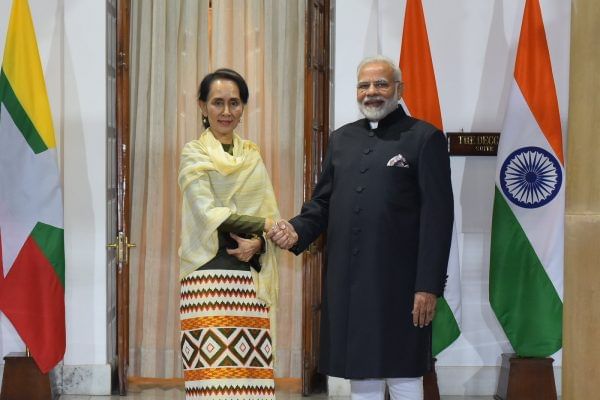
Context
Notwithstanding the unfortunate developments since the Tatmadaw took over, a recalibration exercise for developing a robust relationship with Naypyidaw is the need of the hour.
Need for proactive neighbourhood policy with Myanmar
- Security and economic interests: India should implement an unbiased and proactive “Neighbourhood First” strategy that facilitates the Act East policy crucial for India’s long-term security and economic interests.
- Myanmar — regardless of who governs its polity — is not only the decisive lynchpin for India’s Act East policy but critical for the economic development and security of India’s Northeast.
- China factor: Such a policy should take into account the measures that China has taken to arm the Tatmadaw.
How to support Myanmar?
- Critical requirements: India should find ways to support Naypyidaw for its critical requirements of systems and platforms like UAVs, surveillance systems and communication equipment.
- Economic engagement: There is a need for dynamic economic engagement with Myanmar, to expedite the completion of the earlier agreement on the operationalisation of the Sittwe port, the establishment of an oil refinery and joint vaccine production facilities at a cost of $6 billion.
- People-to-people goodwill: India also needs to proactively employ the existing “people-to-people” goodwill and proximate ties between the two armies.
- Engage with military leadership to stop highhandedness: India has the singular advantage of acceptability from both factions in Myanmar and it is, therefore, imperative that it takes the lead in engaging with the ruling military leadership, to stop the highhandedness.
- The visit by India’s Foreign Secretary to Myanmar in the last week of December 2021 was significant.
- It conveyed the message that India, notwithstanding its commitment to democracy, is amenable to conduct business with the country, regardless of who is in the seat of power.
Conclusion
It is of the utmost importance for India to positively engage Naypyidaw and stave off attempts to exploit Myanmar by countries inimical to India’s growth. Any ambiguity or delay in India’s constructive engagement with Myanmar would only serve the interests of anti-India forces.
Army Rule in Burkina Faso

Context
Recently, Burkina Faso’s army announced that it had ousted President Roch Kabore, suspended the constitution, dissolved the government and the national assembly, and closed the country’s borders.
- Army has toppled governments over the past 18 months in Mali and Guinea.
- The military also took over in Chad last year (2021) after President Idriss Deby died fighting rebels on the battlefield in the country’s north.
About Burkina Faso
- A former French colony, Burkina Faso has suffered chronic instability since gaining independence in 1960, including several coups.
- The country's name, meaning "land of the honest men", was picked by revolutionary military officer Thomas Sankara who took power in 1983. He was toppled and killed in 1987.
- Since 2015, the country has been fighting an Islamist insurgency that spilled over from neighbouring Mali. This has fuelled anger in the military and damaged the once important tourist industry.
- Landlocked Burkina Faso, one of West Africa’s poorest countries despite being a gold producer, has experienced numerous coups since independence from France in 1960.
- Islamist militants control swathes of Burkina Faso’s territory and have forced residents in some areas to abide by their harsh version of Islamic law, while the military’s struggle to quell the insurgency has drained scarce national resources.
- Kabore had faced waves of protests in recent months amid frustration over killings of civilians and soldiers by militants, some of whom have links to Islamic State and al Qaeda.
- The discontent escalated in November 2021, when 53 people, mainly members of the security forces, were killed by suspected jihadists.
About Army Rule in Burkina Faso
- The announcement cited the deterioration of the security situation and what the army described as Kabore’s inability to unite the West African nation and effectively respond to challenges, which include an Islamist insurgency.
- The statement was made in the name of a previously unheard-of entity, the Patriotic Movement for Safeguard and Restoration, or MPSR, its French-language acronym. MPSR, which includes all sections of the army.
- The MPSR said it would propose a calendar for a return to constitutional order “within a reasonable time frame, after consultations with various sections of the nation.”
- The military also announced the closure of Burkina Faso's borders.
Global Response
- African and Western powers denounced what they called an "attempted coup" and the European Union demanded the "immediate" release of the President.
- The United States also called for the President's release and urged "members of the security forces to respect Burkina Faso's constitution and civilian leadership."
- The United Nations’ Secretary-General strongly condemns any attempted takeover of the government by the force of arm in Burkina Faso and calls on the coup leaders to lay down their weapons.
- The African Union and regional bloc, Economic Community of West African States (ECOWAS), have also condemned the forceful takeover of power, with ECOWAS saying it holds the soldiers responsible for the deposed president's well-being.
- The African Union is a continental body that consists of 55 states belonging to the African continent.
- ECOWAS is made up of fifteen member countries that are located in the Western African region.
GS-II
Sela Pass Tunnel Project
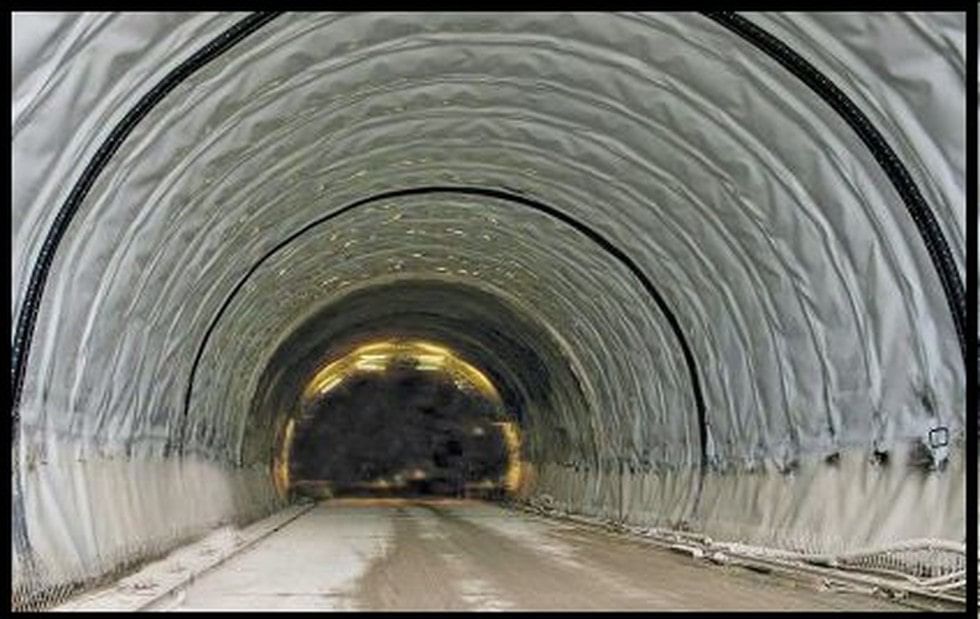
Context
The final blast for the 980-metre long Sela Tunnel was recently conducted by the Border Roads Organisation (BRO) amidst inclement weather and heavy snowfall.
About Sela Pass Tunnel Project
- The tunnel covers a total distance of 12.04 kms which consist of two tunnels of 1790 metres and 475 meters.
- It is being built at an estimated cost of ₹687 crores by the Border Roads Organisation.
- It aims to provide all weather connectivity to Tawang in Arunachal Pradesh — an area claimed entirely by China — and other forward areas.
- Once built it will cut travel time to Tawang by at least an hour for Indian troops stationed in adjoining Assam’s Tezpur town — the headquarters of the Indian army’s IV Corps.
Strategic Importance
- The lack of motorable roads and rail connections in India’s northeast and Arunachal Pradesh in particular were seen as distinct disadvantages for India vis a vis China in the region.
- Analysts had been warning of China building infrastructure including access roads right up to the Indian border that would give it a strategic advantage in any conflict with India.
- Once completed this would result in all weather connectivity to Tawang and forward areas and reduction in more than one hour of travelling time from Tezpur to Tawang.
What are Non-Fungible Tokens (NFTs)?
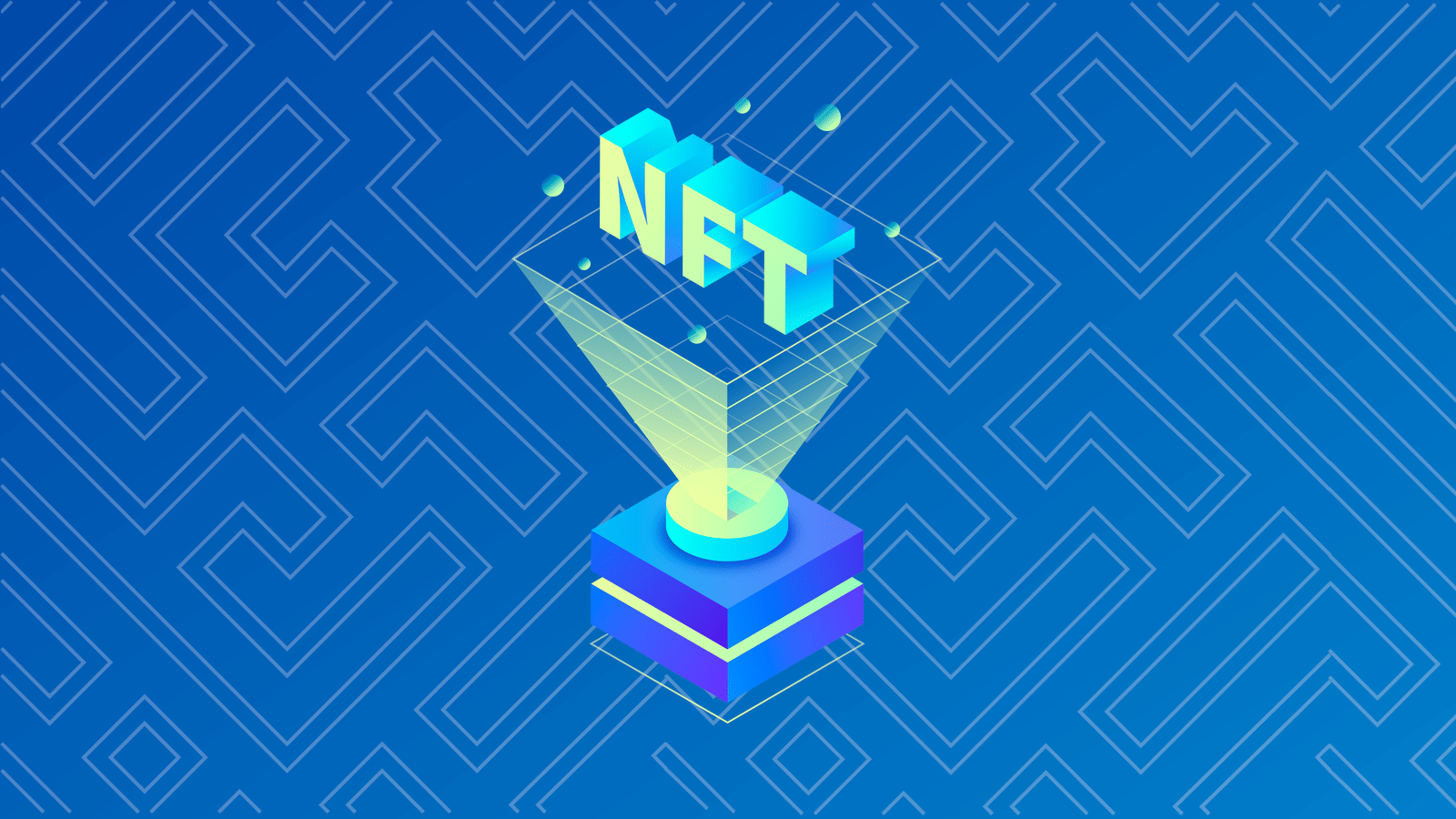
Context
A French luxury fashion brand is suing American digital artist who created a series of NFTs (Non-Fungible Tokens), a rapidly growing part of the cryptoworld.
About Non-Fungible Tokens
- An NFT is a unique, irreplaceable token that can be used to prove ownership of digital assets such as music, artwork, even tweets and memes.
- The term ‘non-fungible’ simply means that each token is different as opposed to a fungible currency such as money (a ten-rupee note can be exchanged for another and so on).
- Cryptocurrencies such as Bitcoin and Ethereum are also fungible, which means that one Bitcoin can be exchanged for another.
- But an NFT cannot be exchanged for another NFT because the two are different and therefore unique.
- Each token has a different value, depending on which asset it represents.
How does NFT transaction take place?
- NFT transactions are recorded on blockchains, which is a digital public ledger, with most NFTs being a part of the Ethereum blockchain.
- NFTs became popular in 2021, when they were beginning to be seen by artists as a convenient way to monetize their work.
Why are they in high demand?
- One of the other attractions is that NFTs are a part of a new kind of financial system called decentralized finance (DeFi), which does away with the involvement of institutions such as banks.
- For this reason, decentralized finance is seen as a more democratic financial system because it makes access to capital easier for lay people by essentially eliminating the role of banks and other associated institutions.
- Even so, because NFTs operate in a decentralized system, any person can sell a digital asset as one.
- This can sometimes create problems. For instance, if you were to sell someone else’s artwork as an NFT, you could essentially be infringing on a copyright.
One District One Product (ODOP) Initiative
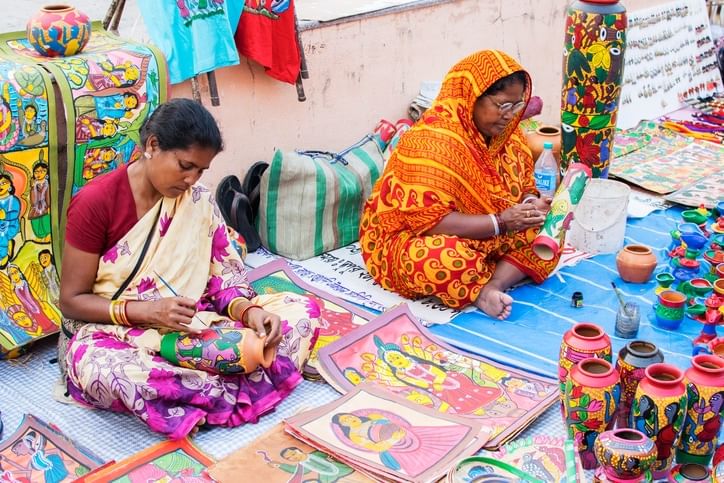
Context
As a major boost to Centre and State collaboration in promoting products under the ODOP Initiative – a State Conference was recently held by the Department for Promotion of Industry and Internal Trade (DPIIT).
About One District One Product (ODOP)
- ODOP spearheaded by the Uttar Pradesh government in 2018, is an important initiative that is being adopted all over India to realize the true potential of each district.
- ODOP is an initiative which is seen as a transformational step forward towards realizing the true potential of a district, fuel economic growth and generates employment and rural entrepreneurship.
- It is operationally merged with ‘Districts as Export Hub’ initiative being implemented by DPIIT as a major stakeholder.
- The main philosophy is to select, brand and promote one product from each district of India that has a specific characteristic feature to enable profitable trade in that product and generate employment.
Why need this scheme?
- India is home to several agricultural and non-agricultural (including manufacturing) products that are region-specific.
- Every district has products that are unique and provide livelihoods and generate income.
- This scheme is in tune with the PM’s call to transform every district into an export hub and realize the goal of Atmanirbhar Bharat.
What needs to be done for its success?
The important aspect that the policy initiatives in India should thus be mindful of are:
- Ownership of the initiative should lie at the center of implementation.
- The stakeholders irrespective of the sector along the value chain need to be identified and provided information and awareness.
- It is important to streamline other initiatives such as registration of Geographical Indications (GI), formation and development of farmer producer organizations etc.
|
1380 docs|808 tests
|
















